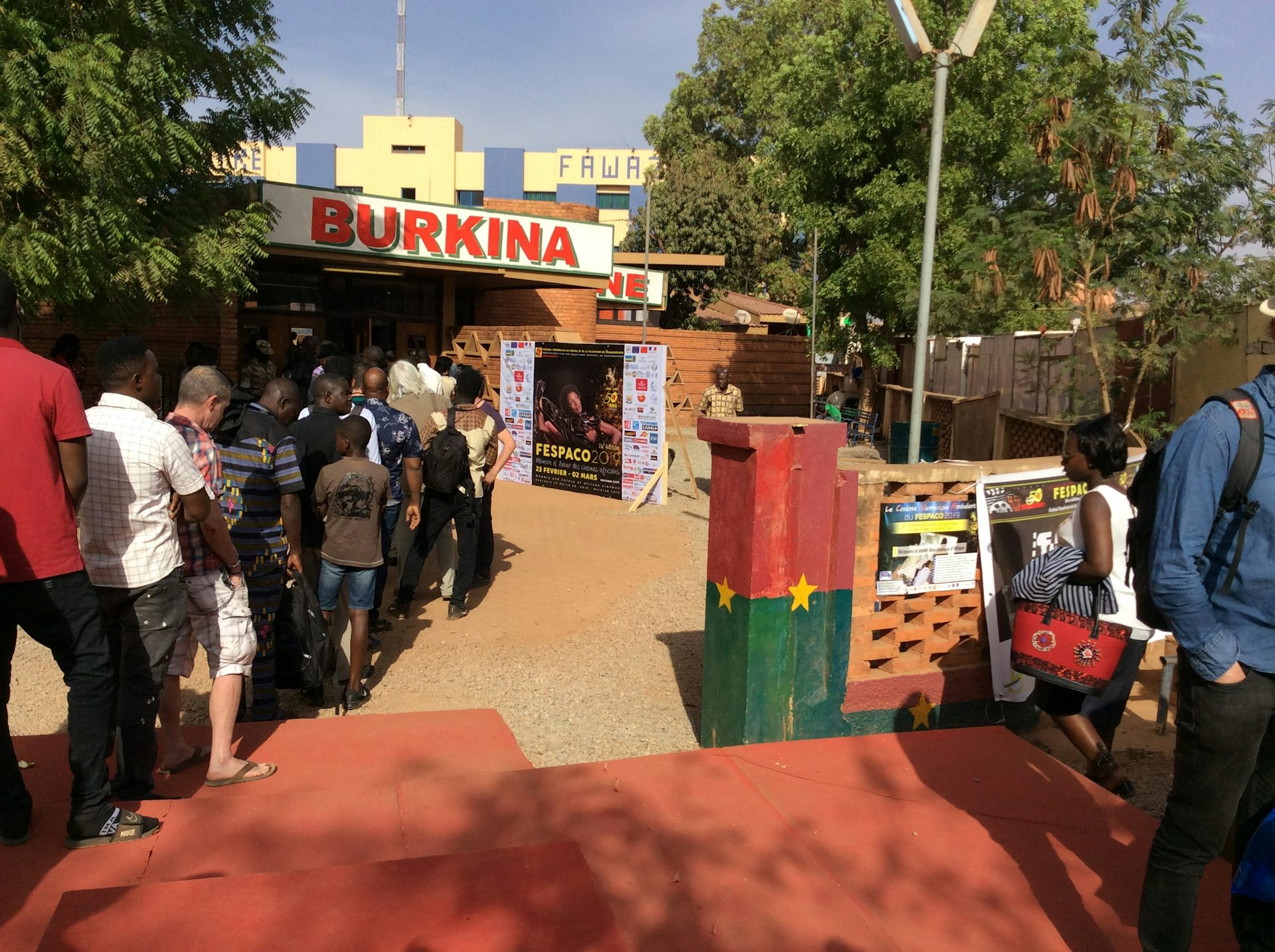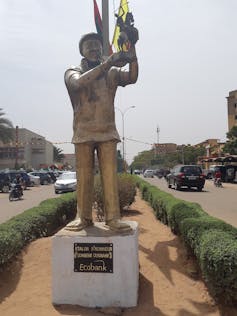
There is no better place to assess the state of “auteur” African cinema than at its premier showcase, the biennial film festival in Ouagadougou, the capital of Burkina Faso. Popularly known by its acronym, Fespaco, the Festival panafricain du cinéma et de la télévision de Ouagadougou recently celebrated its 50th birthday.
Fespaco and the 1966 Journées cinématographiques de Carthage in Tunisia were the earliest concrete steps towards the idea of African cinema on African soil. These two film festivals were the first major African events entirely dedicated to showcasing movies from across the continent.
In the words of former director of the Ouagadougou festival Michel Ouédraogo, Fespaco
was created in a context in which the African states had recently acquired their independence and they wanted to express their sovereignty and their identity.
To mark its half century, this year’s edition was themed “The Memory and Future of African Cinema”. In addition to the competitions for the various prizes, the organisers curated a retrospective of classic African films that were shown at pop up outdoor cinemas throughout the city.
Watched by festival goers and Burkinabés sitting on their scooters or plastic chairs, screenings included Souleymane Cissé’s Finye (1979) and Baara (1983), Med Hondo’s Sarraounia (1987), Idrissa Ouédraogo’s Tilaï (1991) and Gaston Kaboré’s Buud Yam (1997). More recent works such as Zola Maseko’s Drum (2005) and Alain Gomis’s Tey (2013) and Felicite (2017) were also shown.
But if the canonised past of African cinema was ripe for celebration, its present and future looked distinctly uncertain.
A special table

The Ouagadougou festival is the place historically associated with the African auteur filmmaker. The city is where Ousmane Sembène and the other doyens of African film used to congregate at a special table at the Hôtel Indépendance before it was set aflame in 2014.
But who are Sembène’s heirs now?
Veteran Cameroonian filmmaker Jean-Pierre Bekolo was at Fespaco 2019 with Les armes miraculeuses (Miraculous Weapons). The film is set in the small Free State town of Vrede in 1960s apartheid South Africa. Two French women, the black female owner of a bed and breakfast and a political prisoner, discuss freedom, Sartre and the poetry of Negritude under the watchful eye of apartheid state security. It won the Ecobank Foundation’s Ousmane Sembène prize.
Otherwise, it was emergent filmmakers who got the lion’s share of awards and grabbed audience attention. The top prize, L’Étalon d’or de Yennenga for the best film, was deservedly awarded to young Rwandan director Joel Karekezi for La miséricorde de la jungle (The Mercy of the Jungle). A beautifully shot, gripping story, it brings the audience deep into the jungle on the border of Rwanda and Congo where two soldiers battle for survival during the Second Congo War.
The film also clinched best actor for co-star Marc Zinga. The prize for best actress went to Samantha Mugatsia for her nuanced performance in Wanuri Kahui’s Kenyan lesbian romance Rafiki, which has already made history for being selected at Cannes after being banned in its home country.
Young filmmakers
The fact that these young filmmakers and actors are bursting onto the scene no doubt bodes well for the future. But questions still linger about the future of the festival and its packaging of African cinema.
Is this the kind of venue where one comes to see what is new in film production across the continent? Is auteur cinema what African audiences are interested in? How about the videos eagerly consumed by Africans across the continent: from the phenomenon of Nollywood to the bongo movie industry in Tanzania? Are the tastes of their audiences catered for?
Perhaps a good way of answering these questions is by looking at how the Fespaco is changing.
Since 2015, films shot digitally have become eligible for the festival’s main prize, which was previously reserved for celluloid films only. At the 2019 edition, the two movies that got the warmest reception among the screenings I attended were not the kind of film one normally associates with Fespaco. One was the Ivorian film Resolution, an earnest denunciation of gender violence that had the audience voicing its disapproval at the physical brutality inflicted upon the female protagonist and cheering her resolution to finally stand up to her abusive husband.
The second was Hakkunde (In between). It is the first Nigerian publicly crowdfunded movie by Africa Magic Viewers’ Choice Awards (AMVCA) award-winning director and producer Oluseyi Asurf Abuwa. This Nollywood-style comic tale of a self-made man also got the audience laughing and applauding. The audible approval for both of these films was no doubt a sign of the times.
The other issue that stood out was the contestation surrounding how the festival’s history and present are dominated by men. After 50 years, no woman director has won the festival’s main prize.
This year, out of a selection of 124 films in competition for the various prizes and 79 not in competition, women represented a small portion of the directors participating: only 30 films in competition and nine not in competition. But even though they were outnumbered, women were not silent. Festival events included a meeting titled “Where are the women?” and a round table organised by the collective “Non aligned filmmakers” on the place of women in African cinema.
A lack of focus
But perhaps the biggest challenge faced by Fespaco has to do with the forms of attention that the seventh art requires. The festival was very well attended. The main venue, Ciné Burkina, was usually packed. However, part of the audience seemed incapable of focusing on the film they had ostensibly come to watch instead of the tiny screens of their cell phones, which kept flickering and occasionally ringing.
I wondered why there were no pre-show announcements asking the audience to turn off their phones. It’s possibly because these announcements don’t work anyway.
Maybe, if it is to survive and thrive, African cinema must adapt to today’s audiences, digital devices and forms of distraction. The Nigerian video industry has already started producing short films and clips that are easier and cheaper to stream on phones. As Nollywood scholar Jonathan Haynes commented at a recent seminar, the “future is on Android”.![]()
Pier Paolo Frassinelli, Associate Professor, Communication Studies, University of Johannesburg
This article is republished from The Conversation under a Creative Commons license.

